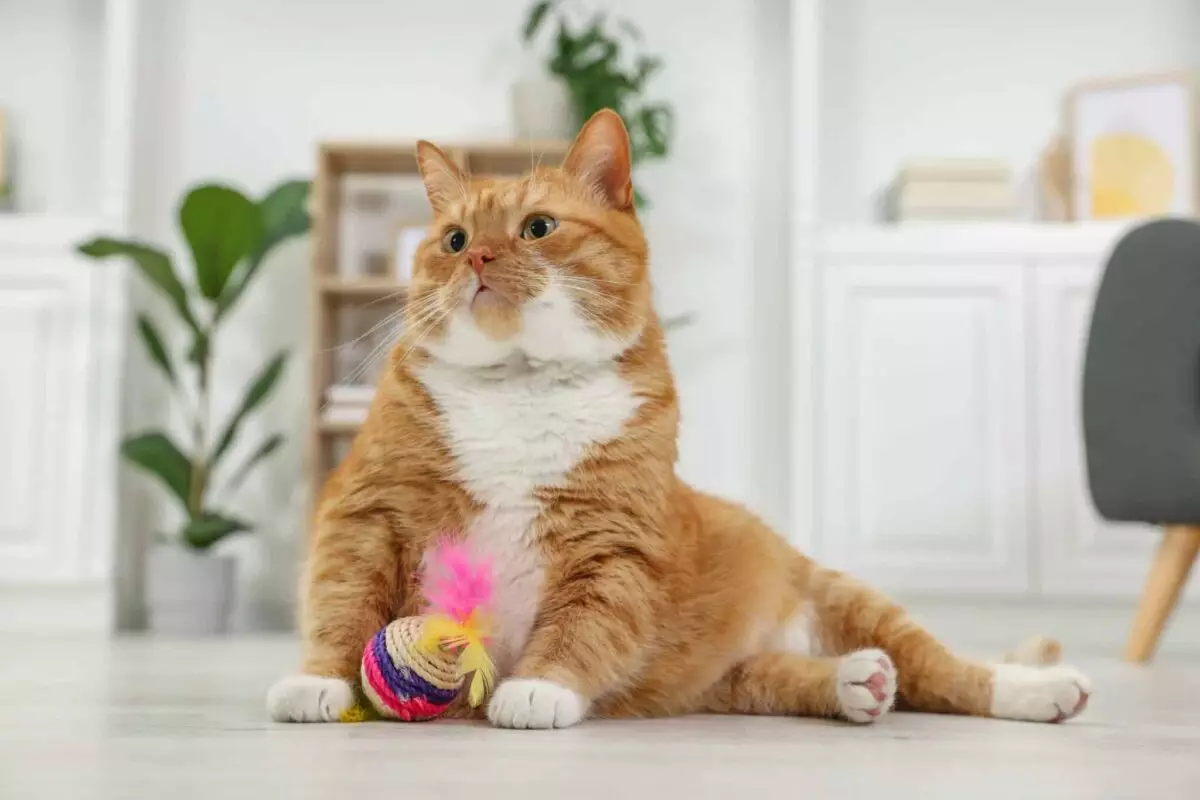Cats, often regarded as enigmatic companions, possess a dynamic and expressive nature that comes to life during playtime. Unlike the aloof demeanor they may sometimes project, their playful moments reveal a richer inner world filled with excitement and joy. Understanding the signs of playfulness in cats not only enhances your relationship with them but also ensures that you’re ready to partake in their delightful frolics. This article will delve into the various behaviors and signals that indicate your feline friend is eager for play.
One of the most telling signs of a cat’s playful mood is the classic crouching position, where they lower themselves close to the ground, locked onto an object of interest. With their body coiled like a spring and their tail flicking in anticipation, they embody the essence of a natural hunter. This instinctual posture can be directed toward anything from a piece of string to the shadows created by the flickering light. It isn’t merely a stance; it’s an invitation to engage in a game of chase that reflects their ancestral need to hunt.
The sudden and sometimes chaotic energy that your cat exhibits can be truly mesmerizing. Picture a cat sprinting through the house, leaping gracefully from one piece of furniture to another, and exhibiting moments of sheer exuberance—these performance “zoomies” are unmistakable signs of a playful spirit. This surge of energy is not just for show; it indicates a demand for interaction and stimulation. Owners should seize this opportunity to engage with their cat by introducing enticing toys that allow them to channel this whirlwind of enthusiasm into constructive play.
Cats, with their varied vocalizations, have a unique way of expressing their desire for play. Sounds like chirps, trills, and musical meows are not only adorable but also serve as a verbal cue for their humans. When your cat starts vocalizing in this playful manner, it’s akin to a child calling for someone to join in their game. Responding to these sounds with engaging toys can significantly enhance the interaction, leading to increased bonding and shared joy between you and your feline friend.
Cats often communicate their playful intentions through gentle physical interactions, such as light nibbling and soft pawing. These actions are typically accompanied by an air of playfulness rather than aggression; they are calling cards that say, “Let’s play together!” It’s crucial to recognize these signals, as they’re often subtle but laden with intent—your cat wants to engage with you. Additionally, keep an eye on their tails; a happy cat’s tail is usually vibrant and expressive, indicating their eagerness for interaction.
Many cats exhibit charming behaviors reminiscent of children playing hide-and-seek. They might sneak behind furniture, peep out, then scamper away, inviting their owners into a playful chase. This playful behavior taps into their instincts and instinctual need for exploration. Humor your cat by pretending to look for them, which can elicit playfulness and delight, reinforcing your relationship through shared fun.
Understanding and recognizing your cat’s playful cues enriches your bond with them. Each wag of their tail, chirp, and curious leap into action is a delightful reminder of their dynamic and lively spirit. By embracing these moments and engaging actively with your cat during play, you not only keep them entertained but also foster a deeper emotional connection. So next time you see those telltale signs of playfulness—a crouch, a spontaneous sprint, or hear inviting sounds—don’t hesitate to join in. It’s their way of sharing their joy with you, ensuring that each play session is a cherished experience for both of you.

